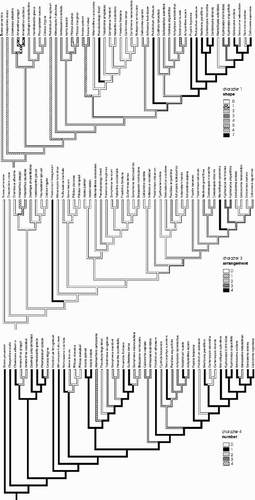Figures & data
Figure 1. Pollen grains (general view; aperture detail below) of selected Amaranthaceae, arrangement reflecting relationships in : Psilotrichum ferrugineum, Allmaniopsis, and basal achyranthoids. A, B. Psilotrichum ferrugineum; C, D. Allmaniopsis fruticulosa; E, F. Psilotrichum africanum; G, H. Arthraerua leubnitziae; I, J. Calicorema capitata; K, L. Pupalia lappacea. Scale bar – 5 μm (A, C, E, G, I, K); 2 μm (B, D, F, H, J, L).
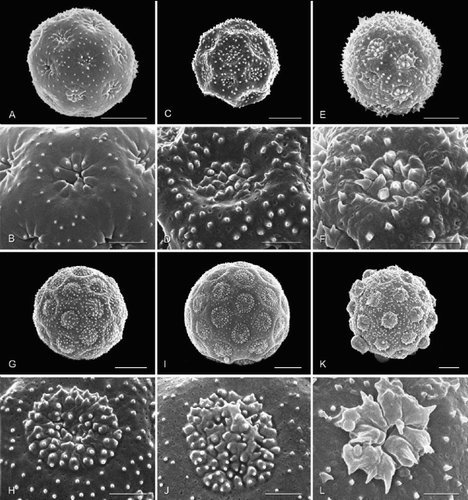
Figure 2. Pollen grains (total view; aperture detail below) of selected Amaranthaceae, arrangement reflecting relationships in : achyranthoids (continued). A, B. Psilotrichum sericeum; C, D. Marcelliopsis splendens; E, F. Kyphocarpa trichinoides; G, H. Sericocoma avolans; I, J. Sericocoma heterochiton; K, L. Sericorema sericea. Scale bar – 5 μm (A, C, E, G, I, K); 2 μm (B, D, F, H, J, L).
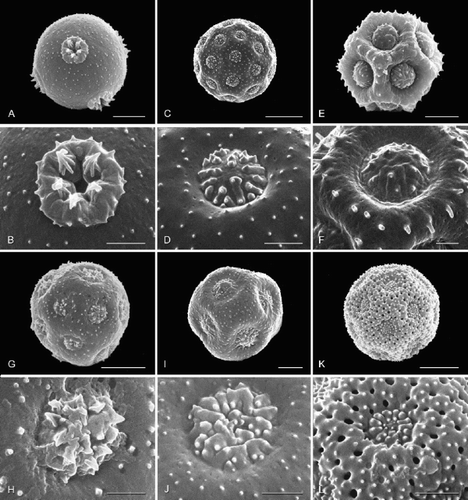
Figure 3. Pollen grains (general view; aperture detail below) of selected Amaranthaceae, arrangement reflecting relationships in : achyranthoids (continued). A, B. Calicorema squarrosa; C, D. Mechowia grandiflora; E, F. Centemopsis micrantha; G, H. Centemopsis trinervis; I Psilotrichum sericeum, grain from same anther as in A, B. Scale bar – 5 μm (A, C, E, G); 2 μm (B, D, F, H, I).
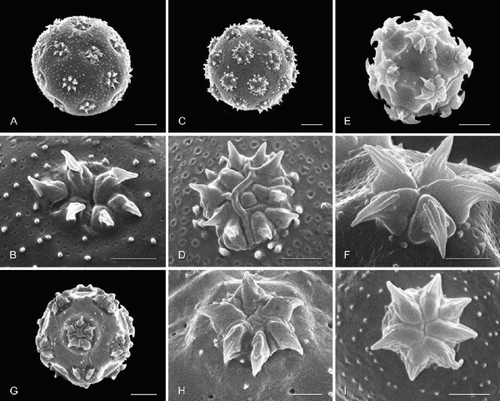
Figure 4. 50%‐majority‐rule‐consensus tree of the Bayesian analysis with posterior probabilities above branches. Mean branch lengths of the trees sampled from the posterior distribution are shown; the scale bar represents 0.01 substitutions per site. The maximum likelihood tree is identical in topology (with polytomies resulting from collapsing very short branches). Clade names follow Müller & Borsch (Citation2005).
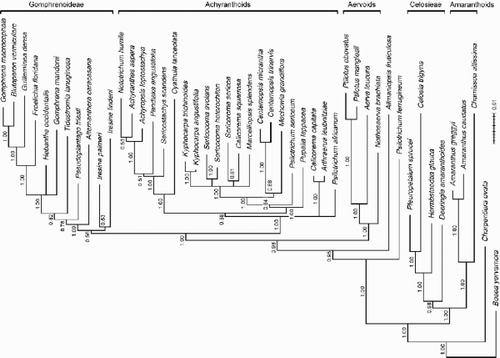
Table I. Genera of Amaranthaceae with stellate pore ornamentation (aperture type IV of Borsch Citation 1998 : 131).
Table II. Taxa for which trnK was sequenced and/or pollen was studied.
Table III. Internal sequencing primers not already published in Müller and Borsch ( Citation 2005 ) for the trnK intron in Amaranthaceae.
Table IV. Pollen morphological characters and character states related to aperture ornamentation in Amaranthaceae .
Table V. Morphological character matrix for the taxa and pollen characters investigated in this study.
Figure 5. Consensus tree of the Bayesian analysis, showing groups with less than 50% support that are compatible with the groups already included in the 50%‐majority‐ruleconsensus tree. Character state transformations of pollen morphological characters are indicated in boxes (above branch: character number; below branch: character state that is changed to). Numbers in italics above branches are bootstrap percentages; those below branches are Bremer support values from the parsimony analysis. Clades not resolved in the strict consensus tree or 50%‐majority‐ruleconsensus tree of the parsimony bootstrap analysis are marked with an arrow. Terminals that exhibit the complete syndrome of stellate pore ornamentation are marked with an asterisk (i.e., character 1 state 7, character 2 state 2, character 3 state 3).

Figure 6. Traced histories for characters 1, 3, and 4. 1. Shape of ectexinous bodies: 0 – Rectangular, sinuous or elongate in outline, 1.5 – 4 times as long as broad, with 2 – 3 distinct microspines; 1 – Tri‐ or quadrangular in outline; 2 – Rounded or polyhedral, wider than high, with 1 – 2 distinct microspines; 3 – Plate‐like, with 1 – 2 distinct microspines in centre; 4 – Drop‐shaped, +‐gradually elongated into spine; 5 – Tooth‐ or cone‐shaped, gradually elongated into spine, straight erect, more or less forming an isosceles triangle in lateral view; 6 – Tooth‐ or cone shaped, elongated into spine, more or less curved not an isosceles triangle in lateral view, but tip never forming an outwardly projecting hook; 7 – Distally elongated into an outwardly projecting hook. Arrangement on pore: 0 – Mosaic pattern, closely adjoined, but separated; 1 – Evenly spread, distinctly separated from each other (much space in between); 2 – Radially arranged, closely adjoined, each covering an equal segment of the circular area of the pore; 3 – Margins fused into a slightly raised ridge; 4 – Radially arranged, short sides of rectangles pointing to centre of pore, distinctly separated from each other and not covering an equal segment. Number on each pore: 0 – up to 6; 1 – 7–16; 2 – 17–30; 3 – 31–50; 4 – >50.
